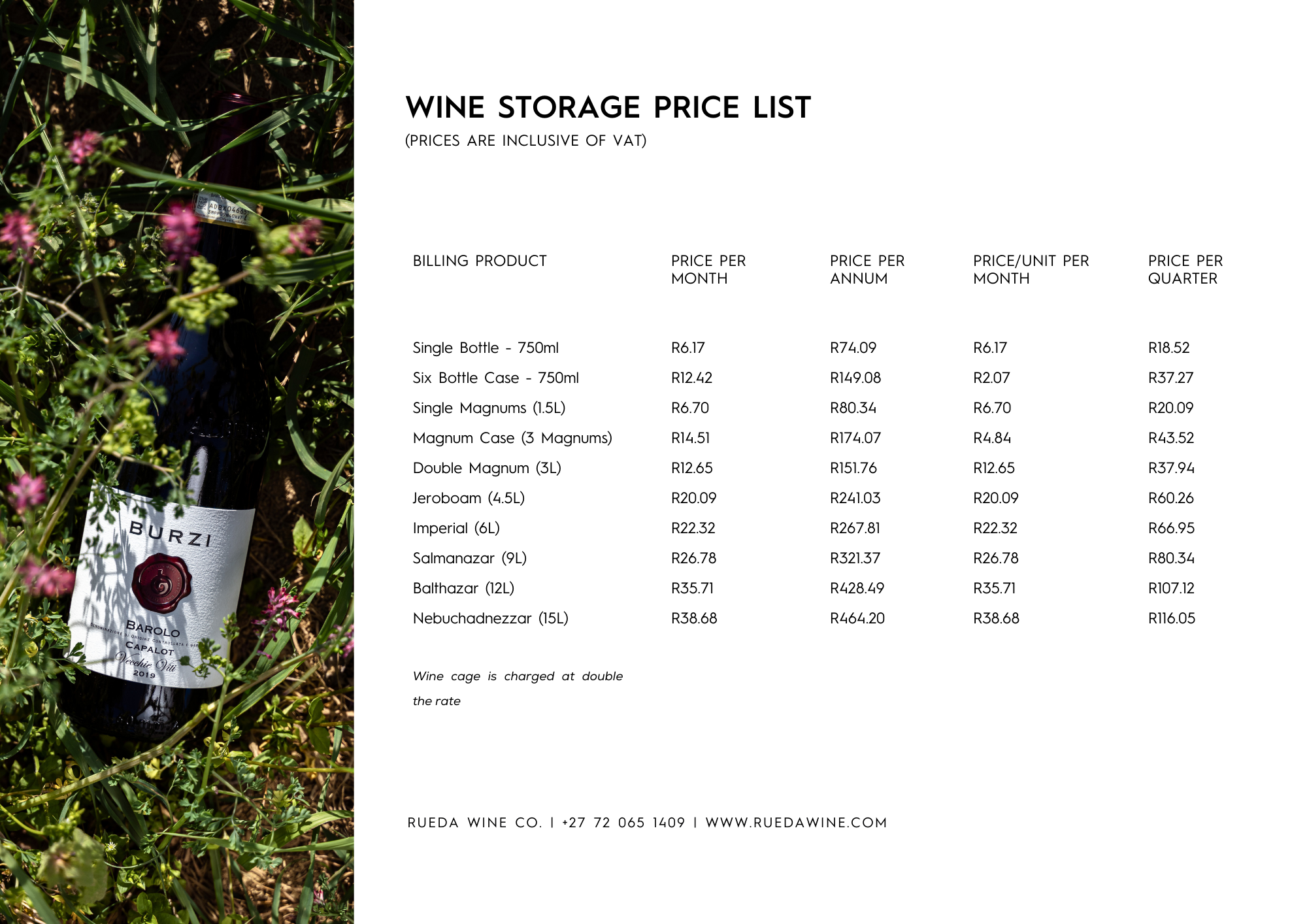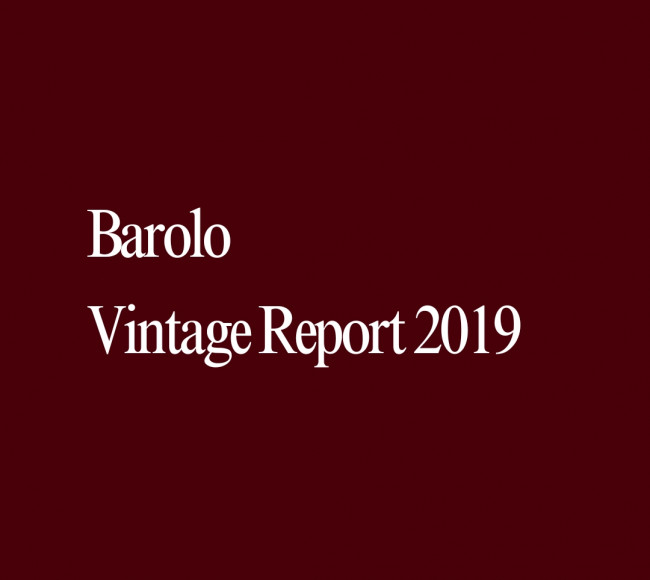
A year that truly embodies the classic spirit of Langhe and Barolo, a spirit unlikely to return with many producers calling it “the last of its kind”.
Overall
The wines of 2019 showcase nervousness, austerity, dense fresh fruit and tannic structure. A brilliant and classic Barolo vintage in contrast to the more opulent and accessible vintages of 2017 and 2011. The wines highlight the distinct characteristics of each of the 11 villages and 181 crus of the Barolo region. Nebbiolo has gifted us a vintage that will age gracefully and reward the patient consumer. A vintage to lay down for the long haul.
The wines of 2019 offer the consumer supreme quality all around, with both the “traditionalists” and “modernists” producing superb wines. The wines of Barolo have benefited in the recent 20-odd years. Temperatures have risen to allow for optimal ripening of Nebbiolo. Nebbiolo is a variety which needs long hang-time and hot summers to reach its peak.
The 2019 wines do provide the pleasure of a modern vintage with precise winemaking and vibrant fruit purity, combined with the traditional structure of firm acidity and tantalizing tannins that demand patience from the consumer. This vintage is a true delight for Barolo enthusiasts, but again, we reiterate, requires the practice of restraint. However, there is no harm in opening a bottle or two of the 2019s, they are delicious and one should always “pop a cork” to get a feeling of the wine now and the potential it may hold.
In the Vineyard
The growing season during 2019 was generally cooler in Barolo compared to recent vintages such as 2017, leading to slow, but steady ripening and a late harvest for modern times. The year began with favourable snowfall in January and February (whereas the subsequent vintages hardly saw any snow or rainfall from 2020 to the beginning of 2023), followed by a cold and wet spring that delayed flowering and vegetative growth. The rain and snow provided the vineyards (and region) with ample water reserves for the year ahead.
A significant heat spike occurred at the end of June, which postponed phenolic ripeness, part reason for the later harvest. The tension in the 2019 tannins can be partly attributed to this intense period of weather. July brought frequent rain showers. This refreshed the vineyards and continued throughout August and September. Cooling and invigorating the vines and resulting wines with optimal, large diurnal range.
On September 5th, localized hailstorms in the North of the Barolo region (often the worst hit region by hailstorms and poor weather) caused damage to some vineyards, with Bruna Grimaldi losing its entire crop from its parcel in the Ravera cru. However, those spared celebrated an ideal end to the growing season. Warm days and cool nights in September and October contributed to the complexity and maturity of phenolic ripeness, enriching the thickness of the Nebbiolo skins. We saw most producers began picking during the second or third week of October to avoid anticipated autumn rains. The resulting growing season and harvest was one of the longest and latest in the past decade.
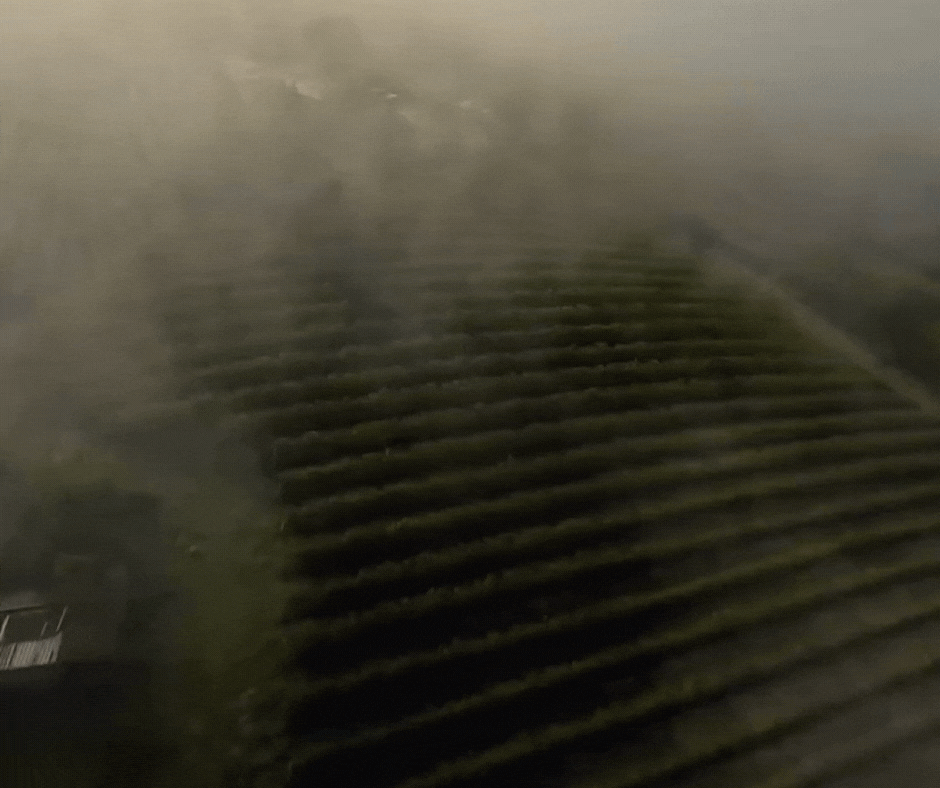
Video: Drone footage by Marco Cane (@marcomalicane on Instagram) of the Piedmont region in late October illustrating the fog.
In the Cellar
Despite the excellent growing season and the superb quality of the fruit at harvest, it was not an easy vintage to vinify. According to many of the producers, the resulting juice and wines were intensely structured and often the structure overshadowed the fruit, making the wines quite difficult to understand during their infancy. This was short-lived, as the resulting wines are spectacular. I tasted over 500 wines when recently in Barolo. Across the board I was supremely impressed and excited for what the future has to hold for them.
There has been a general trend to extract less from the grapes in recent times, with shorter skin maceration, little to no punching down and some producers even opting away from cappello submerso (submerged cap maceration). This benefitted the vintage overall as the high skin-to-pulp ratio (thicker skins, more intensity) and cooler growing season meant that some vineyards did not reach optimal phenolic maturity. Without optimal phenolic maturity, less desirable characteristics can be extracted from the grapes – astringent tannins and green flavours. However, this was few and far between.
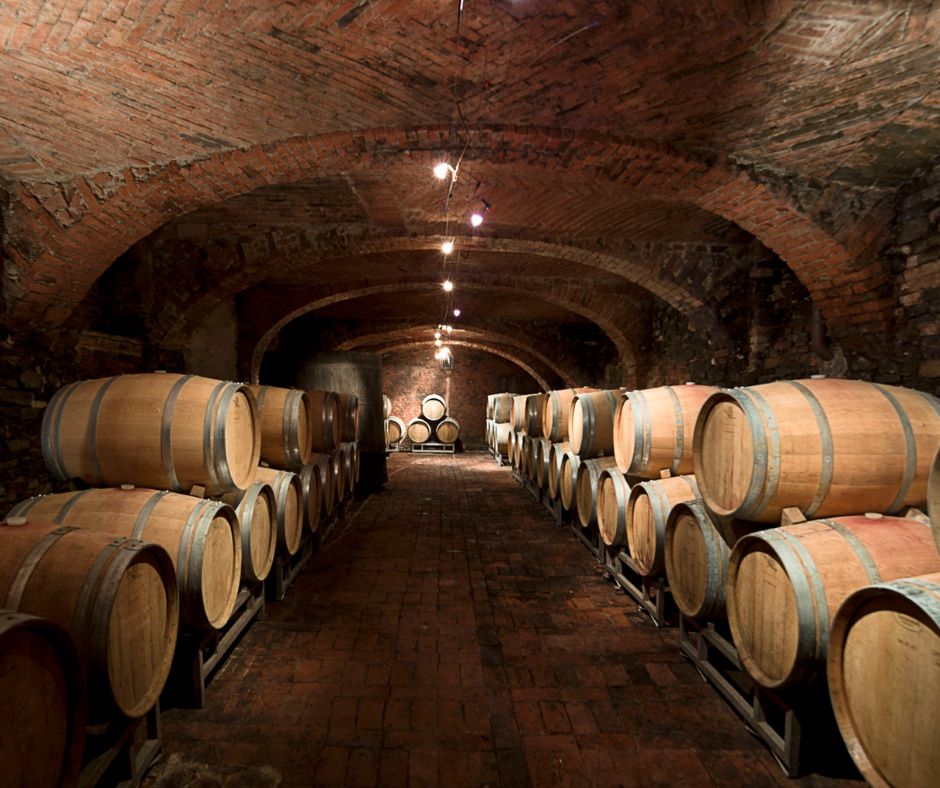
Image: Cellars of E. Pira Chiara Boschis, where barriques are used.
In the 2018 vintage, Barolo wines expressed an innocent transparency of their terroir. A great vintage for the consumer entering into Barolo for the first time, more approachable, less austere and unforgiving. 2018 is a vintage drinking earlier and already showcasing great drinking pleasure. In 2019, the character of terroir is further amplified, as is each winemaker’s touch and contribution to the direction of the wine. The distinction between crus and individual producer philosophies has never been clearer as in 2019. However, I am not sure if I attribute that so much to the vintage as I do to the increase in wine quality throughout the region.
The tannins of the wines of 2019 are reminiscent of the great vintages of modern times like 2016 and 2013. 2019 eking out slightly further in its ability to express so transparently the stark nuances of each of the different crus and their winemakers.
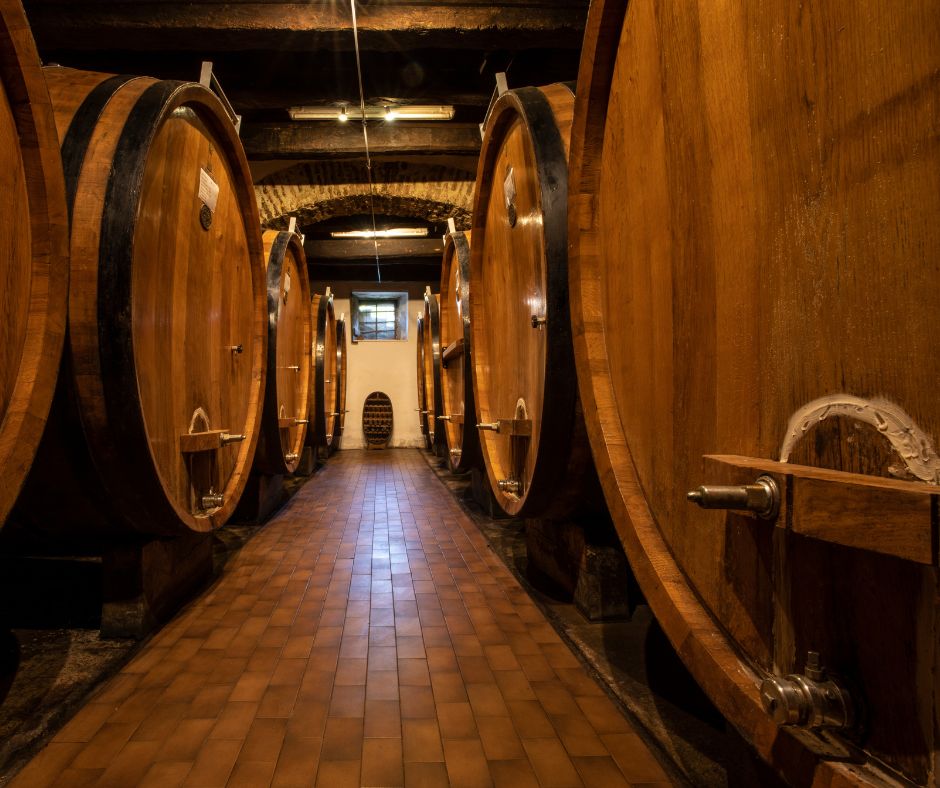
Image: Large botti in use in Palladino cellars
Closing Remarks
Overall the wines are delightful. They are the true Barolo passionati’s vintage, austere, vertical and precise without lacking an abundance of delicate nuances that make Nebbiolo one of the greatest wines on the planet – perfectly balanced. You will find genuine joy in the wines of 2019 and is a must-have vintage in your cellar, a true benchmark for past and future vintages to come.
Please would you enjoy reading through and learning a bit more about the producers in the RWC portfolio via the links below:
- Francesco Rinaldi
- Cavallotto
- Giacomo Borgogno
- Diego Conterno
- Palladino
- Bruno Giacosa
- Alberto Burzi
- Ca’ di Press
- Bruna Grimaldi
- Elvio Cogno
- E. Pira Chiara Boschis
- Domenico Clerico
- Fratelli Cigliuti
Written and Edited By: Fernando Rueda

